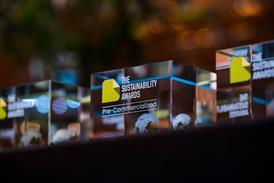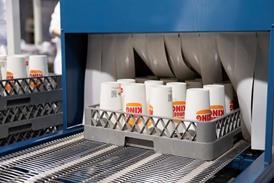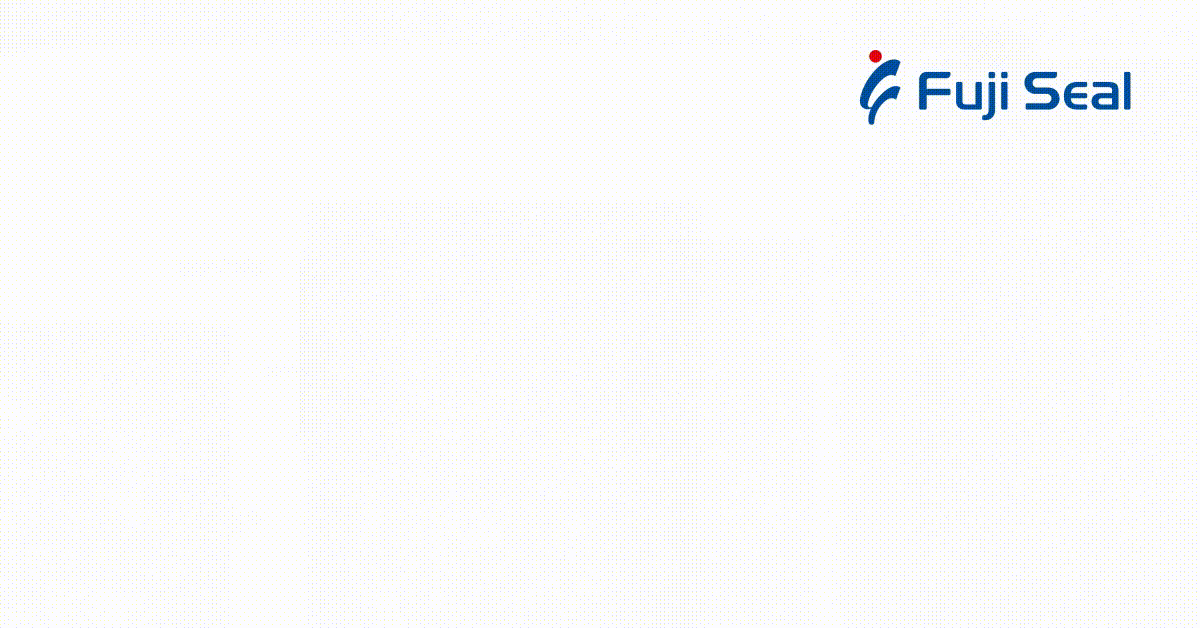In the second of our series of webinars taking a deep dive into the PPWR, we explored and dispelled some common myths around the new regulations and explored ways to tackle its challenges. This article looks at some of the key takeaways from the webinar with Marius Tent, founder of Via Packaging UG, and 360PackMastery.com, Patrick Poitevin, director at Advisory4Pack and Ton Knipscheer, Executive Director and Board Member of the European Co-packers Association, ECPA.

With the final legal text of the PPWR now adopted, it’s crucial to ensure compliance strategies are based on what the law actually requires.
Marius Tent started by underlining the fact that the PPWR is not a standalone initiative, but a product of a progressive policy arc that started with the European Green Deal in 2019, followed by the Circular Economy Action Plan in 2020. The culmination is the PPWR, described by Tent as “the most transformational packaging law in over 30 years.” Its effects will extend far beyond the EU, shaping global supply chains and packaging strategies for decades to come.
He was keen to point out that the PPWR is not limited to plastic, nor is it solely about recyclability. It applies to all packaging materials—paper, fibre, metal, glass, plastic—and affects the entire value chain, including brand owners, converters, importers, distributors, retailers, and HoReCa.
Myth-busting: No more room for complacency
Tent tackled persistent misconceptions head-on. He listed and debunked the below as the most common and most dangerous ones:
- “We have plenty of time.”
In reality, several key requirements kick in as early as August 12, 2026. These include the restriction of PFAS substances in packaging and requirements for compliance declarations. Labelling mandates come into force in 2028, while recyclability and recycled content targets apply by 2030. Waiting is not a viable option.
- “The PPWR is only about plastics.”
It’s not. The regulation covers all packaging types and imposes obligations across household, commercial, and industrial packaging - B2B and B2C alike.
- “Compliance is just a manufacturer’s job.”
Again, incorrect. The regulation assigns responsibilities across the entire supply chain, from raw material suppliers to retailers. This includes documentation, extended producer responsibility (EPR), SOC bans, packaging minimization, labelling, and traceability.
- “Technically recyclable equals compliant.”
Under the PPWR, recyclability must be proven both in design and in practice. Packaging must not only be technically recyclable but also recycled at scale within existing infrastructure. For example, achieving a 55% recycling rate for flexible plastic packaging by 2035 requires collection, sorting, and recycling systems to be radically improved, targeting collection rates above 80%.
Beyond the EU
Patrick Pointevin highlighted the fact that while the PPWR applies across the 27 EU member states, its influence is being felt in the UK too, albeit through a different lens as the UK operates under its own national regulatory frameworks.
“This divergence matters for exporters. Companies must understand how differences in labelling, EPR, and food contact regulations affect market access and compliance timelines in each region,” he explained.
“There is a lot to bear in mind here. For example, legislation for food contact is completely different in Japan or Australia to the UK, EU countries or even the United States. Some countries, for instance, still accept recycled paper or recycled board as food grade, but many other countries don’t, as recycled board and paper can cause issues around mineral oil contents etc.”
He pointed out the fact that the same is true for recyclability. For example, if you do recyclability tests for packaging in the UK, is the result still applicable for New Zealand, for example?
Material challenges
Plenty of challenges also remain around different materials. In plastics, there’s the supply chain issue of obtaining high-quality recycled materials, and there are also challenges around paper and metal. It’s vital to check that the infrastructure for recycling these materials is actually there.
Citing his experience working on the Holy Grail project, Poitevin points out that there are infrastructure gaps when it comes to sorting, de-inking and polymer separation technologies. Funding for this isn’t always there.
“It’s important to start investigating now what recycled materials you are going to need and to ensure your supply chain is ready. Try to focus on mono materials and try to avoid laminates. Metallized films and complex laminates may meet recyclability thresholds technically, but still leave a residue or fail practical recovery tests.”
Finally, Shelf life can also be impacted by new types of packaging, so it’s important to be mindful of that.
The co-packers perspective
As brand owners increasingly outsource production and packing to focus on marketing and sales, co-packers are becoming critical executors of compliance.
“Brand owners focus on building a brand and making sure it gets on the right shelf for the right price. They’re not focusing so much on operations any more. Co-packers are now leading the execution and the innovation. Agility and quick responsiveness aren’t really in the DNA of the average Brand Owner,” Ton Knipscheer explained.
He pointed out that we are facing a “perfect storm”: rising costs for labour, materials, and energy, regulatory pressure, infrastructure bottlenecks and geopolitical instability. At the same time, co-packers face the “say-do gap” in consumer behaviour - consumers say they want sustainability, but often still choose the cheaper product when shopping.
“Despite the challenges, the contract packing and manufacturing market is growing rapidly. This makes co-packers central to implementing PPWR-driven change.”
Knipscheer emphasized that the PPWR demands more than lightweighting or “paperizing” packaging.
“Claims must be backed by data and verified through recognized design-for-recycling (DfR) guidelines. Greenwashing will be penalized.”
He observed that the sustainability debate sometimes relies on emotions more than facts. “
“NGOs, who influence the policy makers, sometimes make it a business model to make the story as much doom and gloom as possible. But let’s not forget that 55% of ocean plastics is fishery-related. And the waste is being put in nature by consumers, not by a brand owner or a packaging producer.”
Stepping up
Marius Tent encouraged the audience to take charge and lead, “if not for yourselves, for your children. This is the time for every packaging leader to step up.”
“Companies that want to differentiate should do more than comply with the PPWR. You have to offer a frictionless experience for the packaging user while you transform your packaging. It’ll still be important to ensure a great experience. Otherwise, they will buy it once or twice because it’s sustainable, but not a third time. A holistic approach is very important here”.
He listed several important steps towards this goal: Firstly, increased awareness, learning what is happening and what the implications are and making sure that everyone who works in your business is aware. Up to the board level!
Secondly, you need to start a portfolio review or audit, checking where you are at the moment, and what is and isn’t a priority.
Thirdly, don’t just include the current portfolio but also new packaging and product developments, which also have to be compliant.
You’ll also need internal calls to action that your supply chain and make sure that your marketing department makes the PPWR and sustainable packaging are a part of their strategy to promote products and raise awareness. You could use this opportunity to completely reinvent your portfolio. This will make a difference between being a follower and a leader.
Collaboration is non-negotiable
All three speakers agreed that while the PPWR may be regional, its implications are global. No company can solve this alone. Industry collaboration—in pilot projects, infrastructure development, and joint standards—is essential.
As Tent put it: “There’s no silver bullet for this. But if there’s one that comes close, it’s collaboration. Whether it’s participating in EU-level consortia, aligning on recyclability guidelines, or pushing for investment in infrastructure, businesses must take an active role. Compliance is no longer just regulatory—it is operational, strategic, and reputational.”
Interested to dive deeper? Watch the full webinar.
Marius Tent, Patrick Poitevin and Ton Knipscheer are also content partners of Packaging Europe’s Sustainable Packaging Summit, and you can look forward to even more in-depth discussions on the topic of the PPWR at the event, which takes place in Utrecht in the Netherlands from November 10th to November 12th, 2025.


















No comments yet